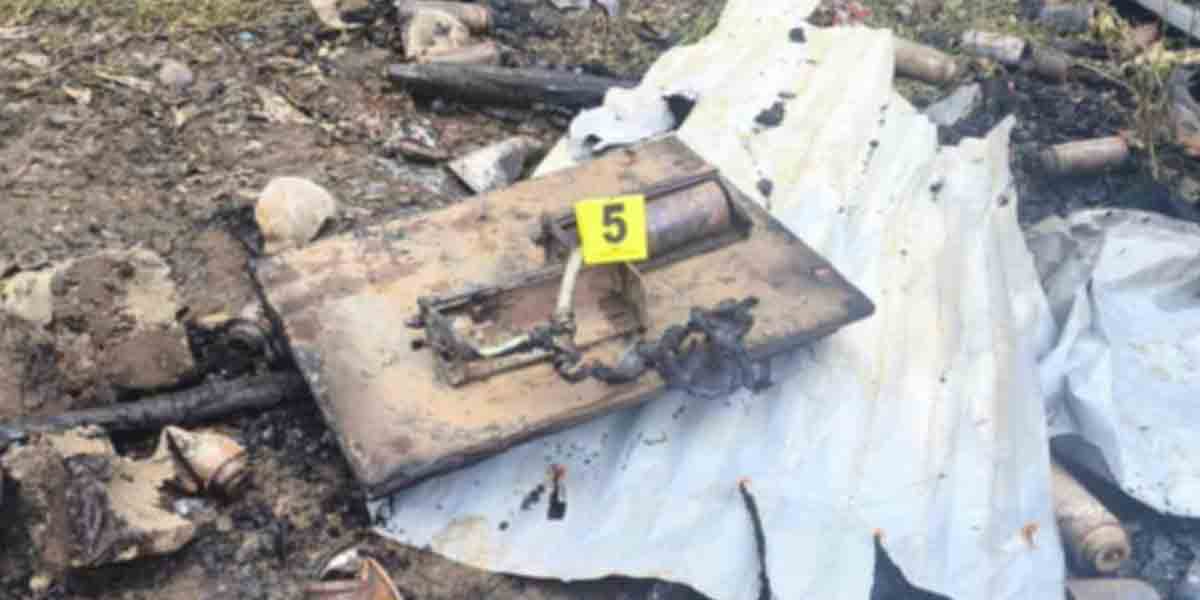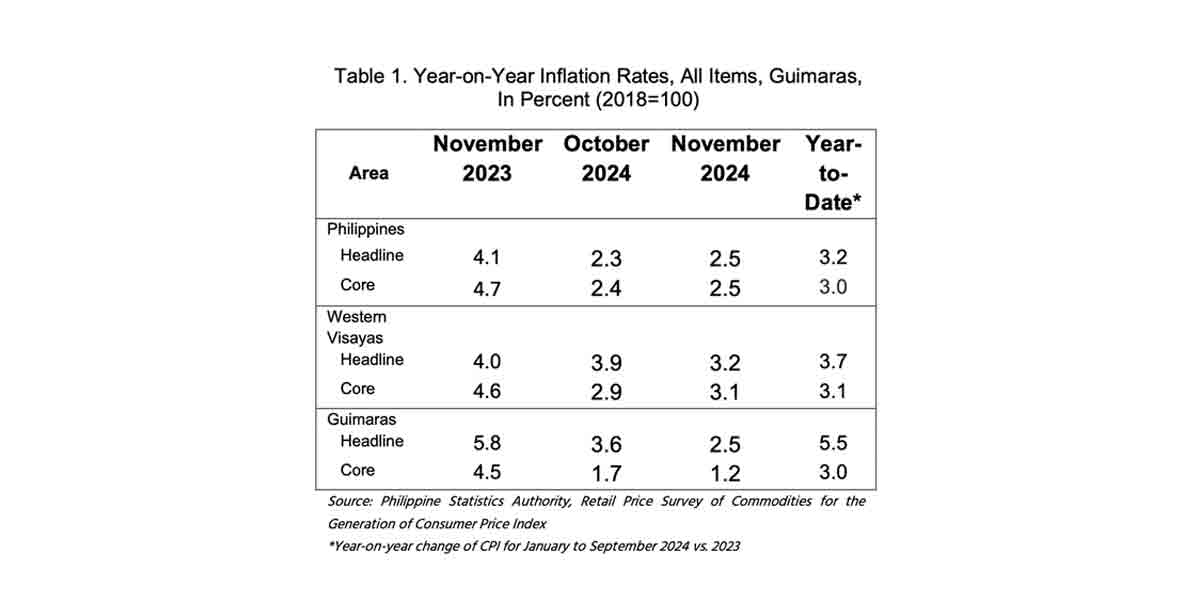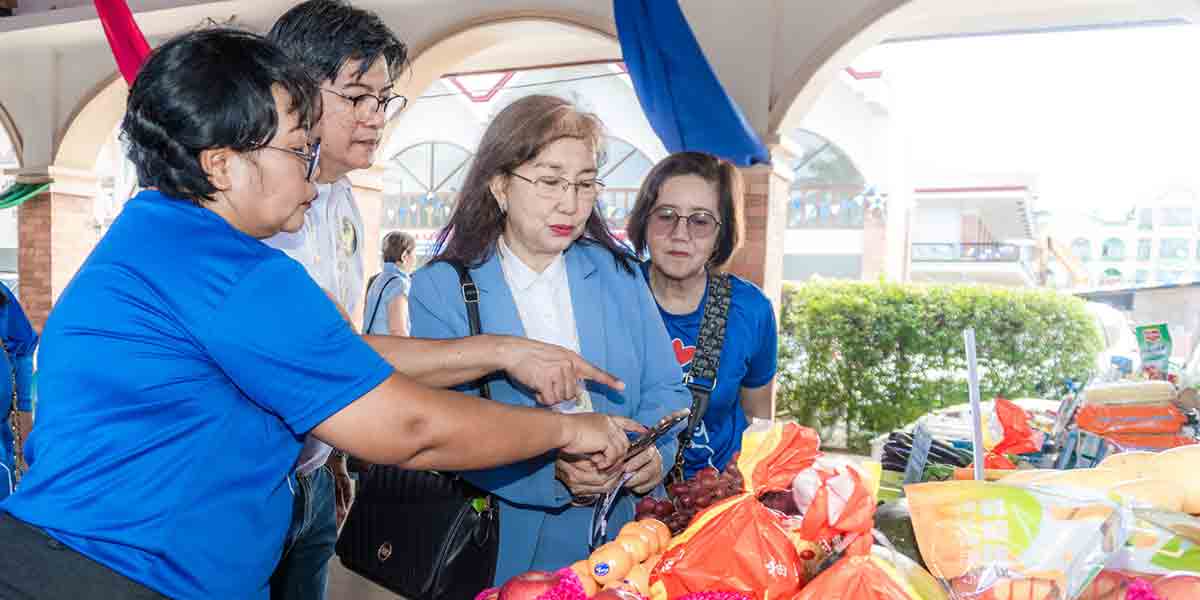 By: Modesto P. Sa-onoy
By: Modesto P. Sa-onoy
Two of our country’s agricultural products are being threatened with a possibility that those engaged in this venture will turn to other profitable endeavors. The rice and sugar industry, two of our basic commodities are facing unlimited importation of cheaper rice and sugar. The country’s economic advisers of the administration of President Rodrigo Duterte are intent on liberalizing agricultural imports to the extent that they listen to the plight of the farmers but end there. They are bent on importation.
There are senators who have expressed opposition to the liberalization of the sugar importation but reading their resolution gives the impression that they are not strongly opposed. They merely expressed the “sense of the Senate” that the officials in the executive branch may follow or not, or merely modify their plans but not to stop importation.
Worse, the Sugar Regulatory Administration that is mandated to protect the industry had been allowing importation to serve certain sectoral requirements. The boundaries or limits of this importation is not fixed but, from the actuations of SRA, is left to its discretion.
We know that unless our government realizes that we cannot always depend on the supply of our food from importation, the decision will lean more on importation than ensuring our food sufficiency. After all, the world is relatively at peace and importation only needs money.
While it is a given that the agricultural sector cannot resolve their problems without government support, the farmers, rice and sugar, have also to convince themselves that the real solution to their problems depends on them. Instead of relying completely on government to survive, some farmers have already taken steps to reduce their cost of production – the main issue in importation.
The other day I passed by a cane field where the loading of canes was done by a machine. There were only a few workers. I am not certain whether the owner of the farm had a harvester, but from the look of the canes, he did not. It is only the loading that is mechanical.
Several times I also passed cane farms with the same machinery. I have yet to see a harvester that cuts the canes into a few inches in length and automatically loads them. I don’t know how many sugarcane farmers have adopted this method, but one thing is certain – time, labor and efficiency reduced the costs of production.
It is now common to see small tractors in rice fields. There are hardly any carabaos plowing the fields. This manually handled, small machine helps the rice farmers tremendously and here the government had made a significant step. But these tractors operate well only in irrigated farms; the carabao had to do the plowing elsewhere.
There are now many threshers that hasten the harvesting of rice, but I have not seen a dryer. A lot of palay are still sun-dried, some in bamboo mats and concreted highways to the chagrin of motorists. This method is costly in terms of losses in the process. Moreover, the government agency that buys rice requires a certain level of dryness or water content on the grains. The farmer loses for lack of means of drying and transporting.
In some rice-producing and exporting countries, there are silos dotting the rice lands. They dry and store unhusked rice and thus save millions of tons of rice that otherwise would have been wasted. The government can help our farmers by constructing these silos.
I have always wondered why the government with billions of pesos budget for the farmers, had not constructed these silos. Perhaps our officials prefer the easiest and most profitable way (for them) by simply importing.
Under the present situation, one significant way of helping our farmers, rice and sugarcane, is to reduce production cost to be competitive. One important way is to mechanize. In the past, sugarcane workers opposed mechanization, but now with a shortage of farm labor, this is the best time to change farm practices.
If only portions of the P2 billion annually budgeted for the sugar industry were used for low-interest loans for machinery, the industry shall have taken small but positive steps. Even the proposed consolidation of small farms cannot succeed unless the industry mechanized its operations.
The funding cannot come from private banks due to CARP, but through an alternative system. That is, if the government really wants to help.

























